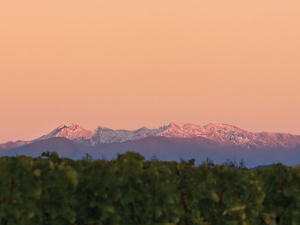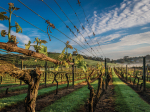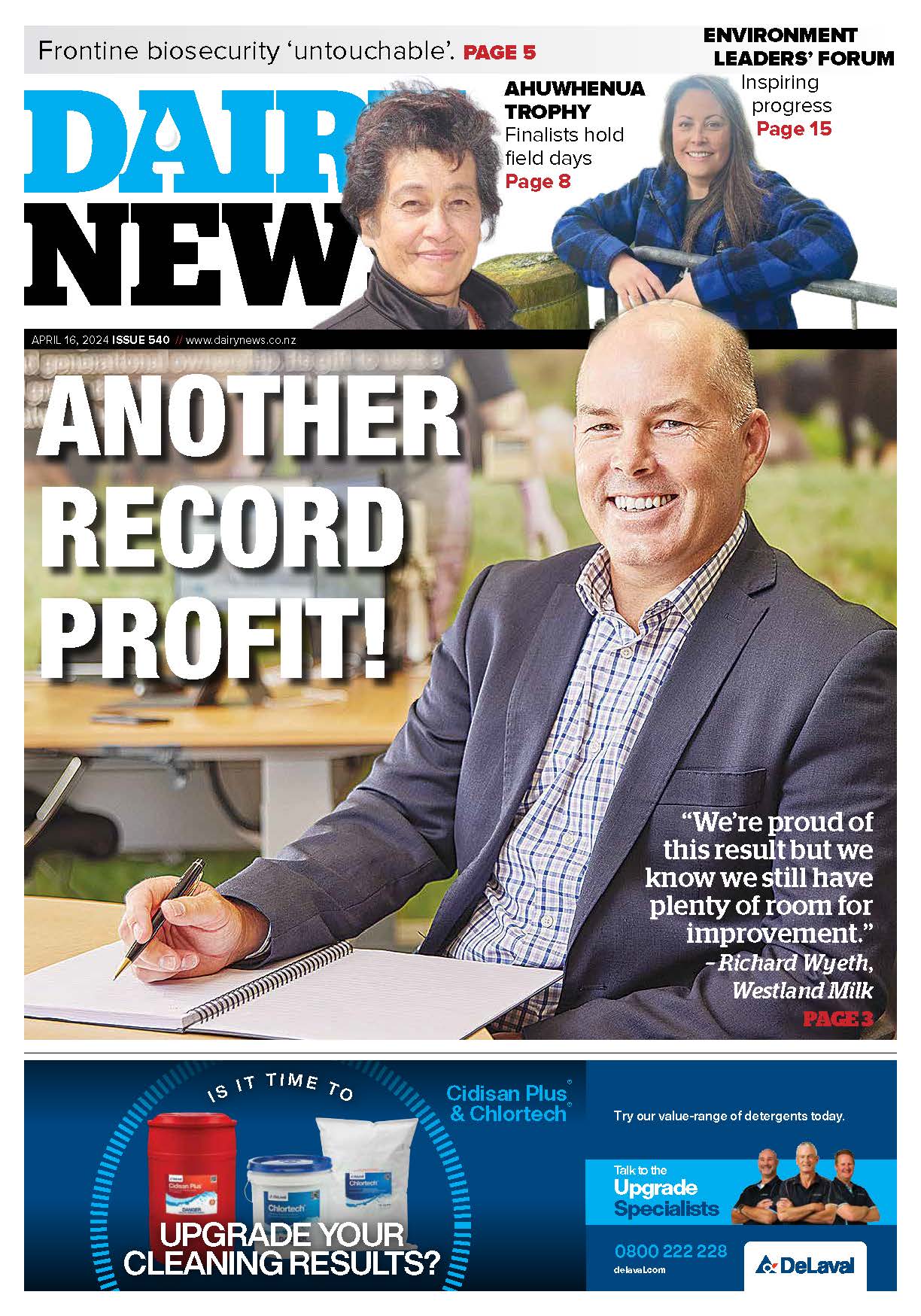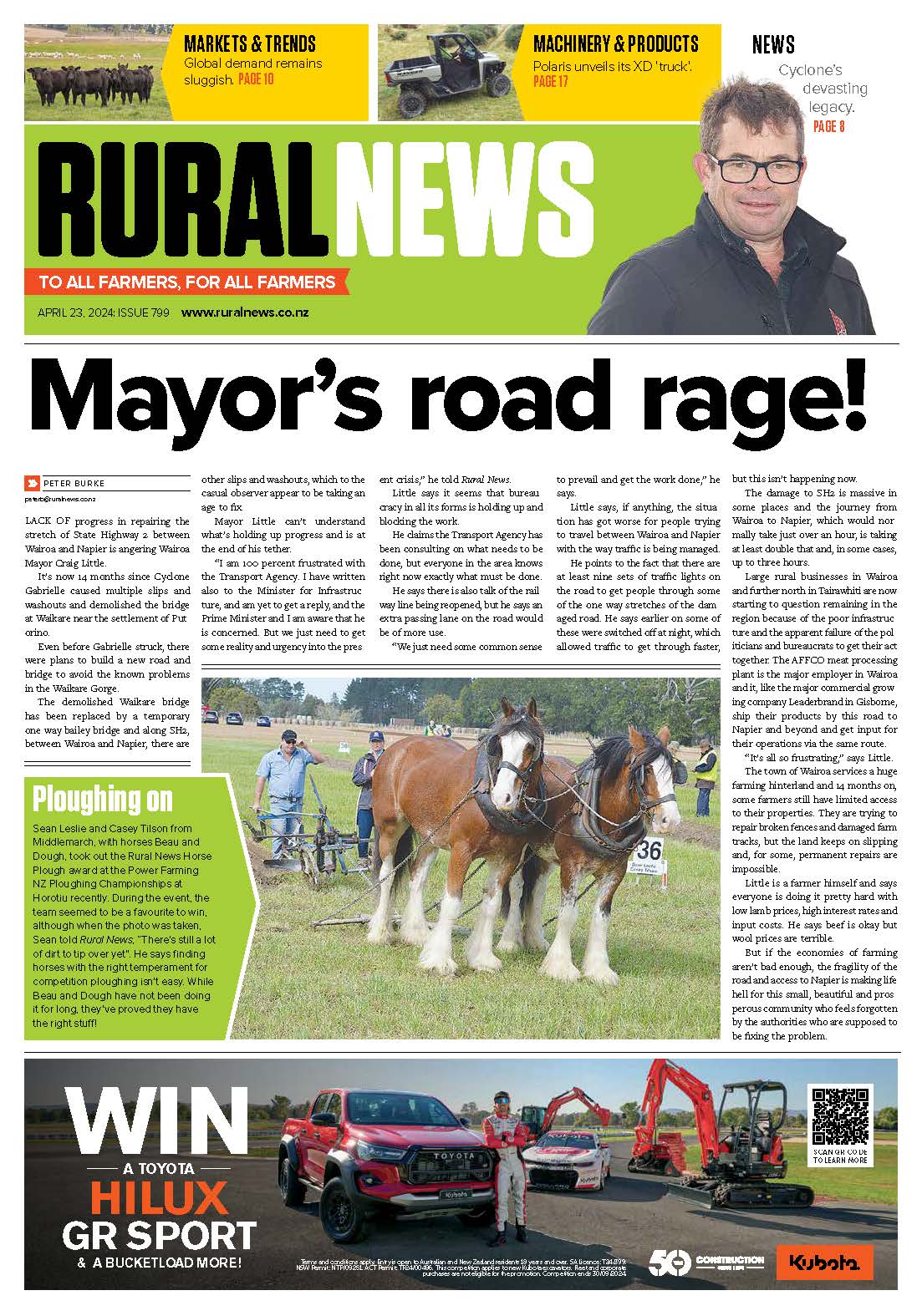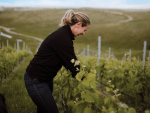When a biosecurity incursion is identified, many things need to be done very quickly in order to stop the spread and eradicate a new invasive pest or disease before populations grow to a level where eradication is no longer a feasible option.
The key to this is traceability, or the ability to understand the potential pathway of a pest or disease into a new area and where it could have spread by following a chain of human-assisted movements, or the movements of risk goods and host material.
New Zealand Winegrowers (NZW) recommends vineyards and wineries have traceability measures built into standard operating procedures or biosecurity plans, so that if a biosecurity threat is identified on site, information about how it may have arrived and where else it may have spread is readily available. This information can be crucial, particularly in cases where new unwanted organisms have managed to get through the border and could have devastating long-term impacts on New Zealand’s primary industries and natural environment if allowed to establish and spread. The sooner a new threat is identified, and its potential movements traced, the more likely it is to be successfully eradicated.
What's Good Biosecurity Traceability?
Good traceability is essentially good record-keeping. For NZW members, this means keeping track of everything coming on and off site – people, stock, vehicles, equipment and machinery, supplies, and biological materials. Records of arrival and departure should be dated, and identifying details recorded – names, contact numbers and batch or serial numbers. Information on where goods, people and vehicles have been prior to arriving on site (and where they are going afterwards) is also valuable in helping to trace the spread of an unwanted organism. If new vines have been purchased for planting, records or maps of exactly where they are planted should be kept; this continues the ‘chain of custody’ established in vine nurseries.
If good records are not kept and a biosecurity incursion is identified, a lot of time and resources can then be wasted trying to establish how it may have arrived on site and where else it may have spread to, allowing the pest or disease to spread further afield in the meantime.
What Options Are Available?
There are many technological solutions becoming available to assist businesses with making traceability less manual and more efficient – companies such as OnLocation, Sine, EcoPortal, and Rapid Global offer app-based monitoring and digital recording of the movement of people on and off business sites (and their activities and health and safety while they are on site). NuPoint offers fleet management software for farm vehicle tracking. NZW and a group of other industry organisations including Kiwifruit Vine Health, Aquaculture New Zealand, New Zealand Apples & Pears, New Zealand Avocado, and New Zealand Pork also have a trial programme running with Onside, which has developed a biosecurity traceability solution called Onside Intelligence.
As part of the trial programme, Onside Intelligence is free for all NZW members to use. The app-based technology allows visitors to vineyard and winery sites to be prompted to sign in on arrival, as well as recording any movement of potential biosecurity risk goods or equipment. As well as providing business owners/managers with good traceability data, the data from these movements is also used to build a networked view of how and when people and risk goods are moving between properties and is shared with NZW to enable rapid tracing should a biosecurity threat be identified at any property in the network. Currently, more than 400 vineyards are participating across the country. Members can contact This email address is being protected from spambots. You need JavaScript enabled to view it. if you are interested in being part of the programme, or get in touch directly with Onside.
Traceability of grapevine planting material is also crucial to ensure disease doesn’t spread widely through the industry. By purchasing vines certified to the NZW Grafted Grapevine Standard, members can be assured that supplying nurseries have complied with the traceability requirements in the standard, and the grafted vines can be traced all the way back to their mother plants.
Conclusion
Good traceability is an essential part of biosecurity risk mitigation for the New Zealand wine industry. It is something that all member businesses can and should put in place, particularly as there are a range of tools available now to assist with efficient record-keeping. Investing time to ensure traceability practices are embedded in business-as-usual for your vineyard or winery is well worth it if it means we are able to eradicate a new pest or disease before it can have long-term (and expensive) impacts that require ongoing management.
Key Points
- The ability to quickly and efficiently trace the potential movement of a new pest or disease is crucial to increase the chance of eradication.
- Technological solutions are increasingly available for efficient digital traceability of goods, vehicles and machinery, and people.
- A collaboration between NZW and Onside allows NZW members to use the Onside Intelligence biosecurity traceability tool for free.
- NZW recommends all members implement good traceability practices and record-keeping for everything moving on and off vineyard and winery sites.





